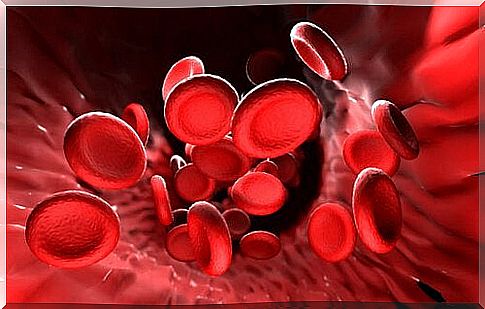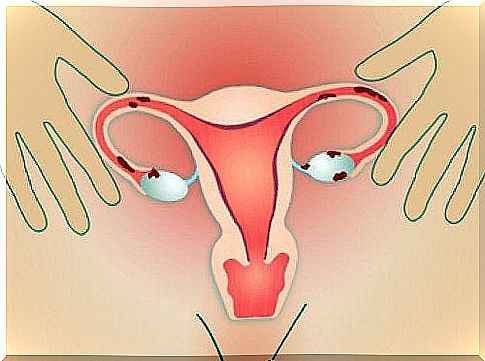Menstrual Blood Clots – 5 Facts

Although blood clots are a common occurrence during most menstrual periods, the situation is worth keeping an eye on. If the clots are associated with other symptoms, it may be a health problem.
It is never a nuisance to find out with a gynecologist. An expert can tell you that every body is unique, and that is why every woman gets her period in her own way. So clots in the blood are not automatically something to worry about.
This time, we’ll talk about the phenomenon in more detail, and clarify when blood clots in menstruation are harmless and when they are a possible symptom of problems. Have you ever thought about it yourself? Keep reading!
What exactly are blood clots in menstruation?
To better understand what clots sometimes appear in menstrual blood, you need to be aware of the following:
- The walls of the uterus change so that your body can prepare for a possible pregnancy. They become thicker and are filled with new tissue so that you can sustain the life of the fetus as the pregnancy progresses.

- However, if there is no pregnancy, the extra layers of uterine cover that have formed in it will gradually come off. This then causes menstruation.
- When you get a wound on your skin for some reason, most of the time your blood starts to clot. This is the body’s natural defense mechanism so that a person does not lose too much blood. During menstruation, however, blood must be allowed to flow more freely in order to get out of the body.
- Thus, the uterus produces an anticoagulant. If your periods are very abundant, there is not enough of this natural anticoagulant, and this usually results in some clots.
- Typically, these clots range in size from five millimeters to five centimeters, and as we already mentioned, they are common, especially in women with heavy periods. Those with menstrual periods may never experience this blood clot.
- It is also worth remembering that more clots occur during sleep, and sometimes the blood build-up is thicker and perhaps even scary when it leaves in the morning.
What might cause menstrual blood clots?

1. Insufficient iron intake
During heavy periods, iron loss from the body is common. But the less iron you have in your body, the harder it is for your uterus to create the natural anticoagulant we mentioned earlier. This means that anemia can cause an increase in blood clots during menstruation.
Therefore, you should always check your body’s iron levels from time to time and take supplements if your doctor recommends them.
2. Small hormonal imbalances
Blood clots during menstruation can be a problem for both young girls and women who have recently given birth. This is because there are small imbalances of estrogen and progesterone in the body. They can also occur just before menopause.
3. Miscarriage
This thing should be taken into account if you suddenly notice blood clots that have not occurred before. If you are trying to get pregnant and notice yellowish or greyish clots appearing, there may unfortunately be a symptom associated with a miscarriage.
So never hesitate to contact your doctor or gynecologist if you are worried about your situation.
4. Endometriosis

Endometriosis is a disease that affects millions of women around the world. Remember that if your period is very painful and they are limiting your life, it is possible that you yourself are suffering from this disease.
Endometriosis affects a woman’s genitals and is associated with the formation of very dense ulcers around the uterus and other organs close to it. These wounds then cause pain, which is more common during menstruation, and abundant blood clots are also a symptom.
5. Gynecological diseases
As we said at the beginning, the occurrence of blood clots is common during menstruation in many women. However, if your own period is also painful, you should discuss this with your gynecologist.
- For example, pelvic floor inflammation is usually associated with severe abdominal pain in the pelvic area and is also associated with blood clotting during menstruation.
- Inflammation of the pelvic floor is caused by bacteria, and the inflammation spreads from the cervix to the uterus, fallopian tubes, or ovaries.
- It is painful and one of the most common gynecological diseases. It is important that you contact your doctor if you have any doubts about your health or experience pain.
Connective tissue tumors or cysts are also associated with menstrual blood clots. As you already know, these clots may be perfectly normal in your case, but it’s never a bad idea to talk about it the next time you go for a periodic medical checkup.









